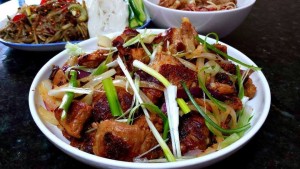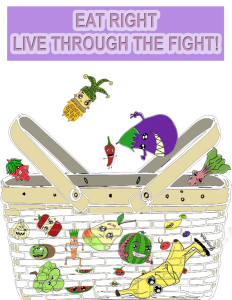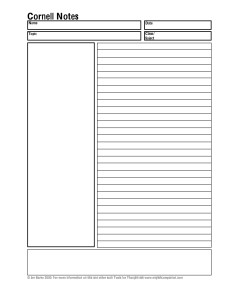The holiday season is here and that means that there is going to be lots of family and friend gatherings accompanied by presents, music, and delicious foods. And remember to take care of yourself so that you can be in your best shape for the holiday! So forget to check out these resources down below for helpful information and fun tips:
- The 12 Ways to Health Holiday Song was created by CDC and it’s a song about keep yourself safe and healthy for this holiday!
- Want to try out new recipes for the holidays? Check out this link for recipes of Korean food! Or how about Hmong food recipes? And, you don’t have to choose from the links posted here as there are various websites you can choose from.
- An alternative to hot drinks like coffee and hot chocolate is tea! Tea is a much healthier alternative with less calories and sugar. Bonus: the variety of tea available on the market is tremendous so you’ll probably find something that suits your taste. Also, you can always add ice, sugar, and mix it with other tea leaves if you want to.
- Want to give gifts on a budget? If you’re on a budget, it’s still possible to give great gifts as long as they’re meaningful. Check out this link here for 101+ diy gift ideas and YouTube for creative and fun ideas!
- Good habits will help keep you healthy! If you may have not already know, good habits can stop germs from making you sick. Here is a informative article with tips to help you out: Preventing the Flu: Good Health Habits Can Help Stop Germs!













